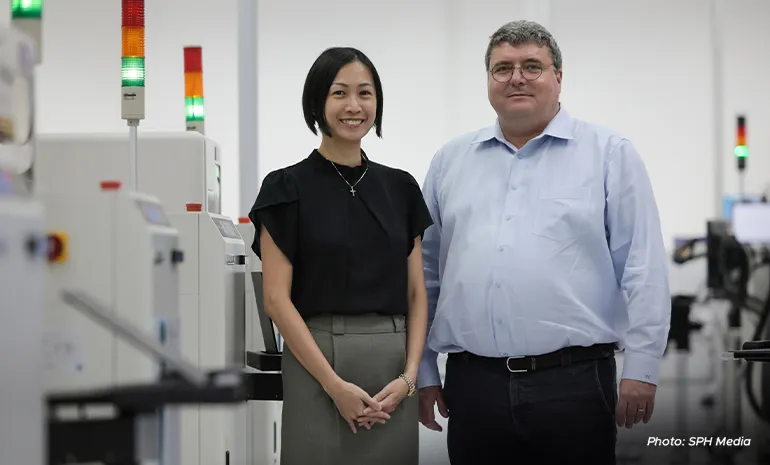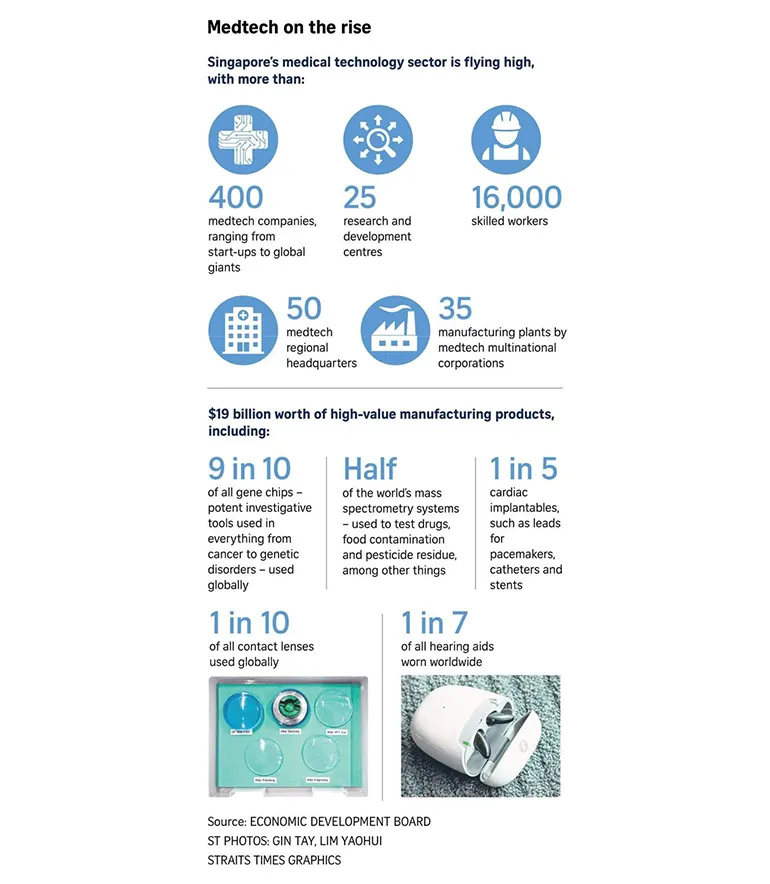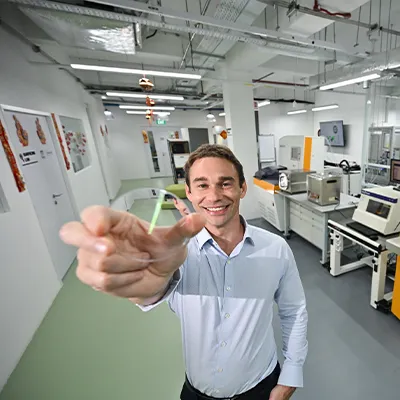About one in seven hearing aids worn by people around the world is made at 18 Tai Seng Street in Singapore.
In fact, many of the innovations in hearing aids also come from the same place, where the top hearing aid supplier in the world, WS Audiology, has its regional headquarters.
Mr Olivier Chupin, the company’s regional president for the Asia-Pacific, told The Straits Times: “WS Audiology’s Singapore operations are a cornerstone of our global manufacturing and distribution network, with the Singapore facility producing more than half of all hearing aids we sell worldwide.”
It is also instrumental in driving product innovation, automation, and digitalisation for the company, he added.
Today, millions of people around the world are wearing hearing aids developed or made here.
Over the years, the 200-strong research and development (R&D) team here designed, among other things, the world’s first contactless lithium-ion powered rechargeable hearing aid, launched in 2016.
In 2020, the world’s first portable Qi charger for hearing aids was developed by the team here.










